Packaging can now broadcast its own advertising, show you a 3D version of the pack contents in action, or take you straight to an entertaining microsite or app, all with a quick swipe of the smartphone.
In turning packaging into a multimedia experience, it’s worth asking how this might change its role in the branding process. When many of the technological extensions to packaging are being created as entertaining promotions, does this affect packaging’s status as the core repository of the brand’s values and beliefs?
For me, the opportunities outweigh the risks. The best campaigns out there understand that digital is just an extension to packaging’s secret weapon: sensation transference.
This describes an almost magical trick that packs perform every day - the transference of the packaging’s attributes to the experience of the product and the brand. This is the principle behind the blind vs branded taste-test, which shows that we taste the brand as much as the product. And packaging is part of both.
Packaging-based augmented reality (AR) campaigns can connect consumers to brand values through the product itself. By adding layers of emotional value to an often generic product delivery, packaging is responsible for creating what I term ‘User Anticipation’ (UA).
When Lego first used AR technology to allow shoppers to see the fully-constructed toy as a 3D image on their smartphones, I’d say that was a shining example of turbocharging the UA. Similarly Heinz’s virtual recipe book for tomato ketchup chefs ticks the right boxes. And the world of AR is about to get a lot more ‘in your face’ as companies develop apps to make our lives more ‘experiential’. Suremen uses AR to transform deodorant cans into game controllers that work when pointed at a webcam, for example. Now that’s experiential, and clever.
I expect a host of on-pack campaigns that build engagement, dialogue, extra value and brand loyalty. Time for the silent salesman to start talking and making friends.
Close menu
- Home
- Retail & Wholesale
-
Products & Suppliers
- Back to parent navigation item
- Products & Suppliers
-
Product Categories:
- Back to parent navigation item
- Product Categories:
- Alcoholic drinks
- Bakery
- Cereals & breakfast
- Cheese
- Chicken & poultry
- Chocolate
- Confectionery
- Crisps, nuts & snacks
- Dairy
- Fish
- Fresh produce
- Frozen
- Household
- Meat
- Own Label
- Sauces & condiments
- Seasonal
- Soft drinks
- Vaping
- Vegan & plant-based
- World foods
- Suppliers
- People
- Reports & Data
-
Topics A-Z
- Back to parent navigation item
- Topics A-Z
-
Popular topics:
- Back to parent navigation item
- Popular topics:
- Cost of living crisis
- Crime
- Deposit Return Schemes
- Finance
- Government & Regulation
- Health
- Inflation
- Loyalty
- Marketing
- Mergers & Acquisitions
- New Product Development
- Sourcing
- Supply chain
- Sustainability & environment
- Technology
- Ultra Processed Foods
- Vaping
- A-Z all topics
- Content by type:
- Events
- Subscribe now
Third party: Out-of-box packaging experiences
By Steve Osborne2012-08-04T00:00:00+01:00
Sign in to comment on this article
Not logged in before? Register for FREE guest access today.
You will be able to:
- Read more stories
- Receive daily newsletters
- Comment on stories
Advert



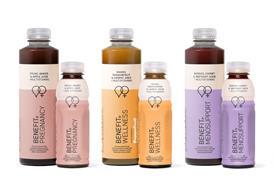



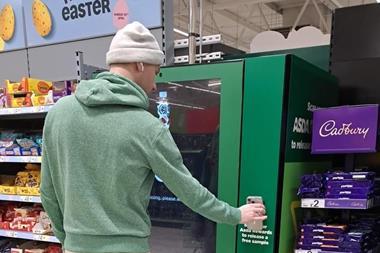

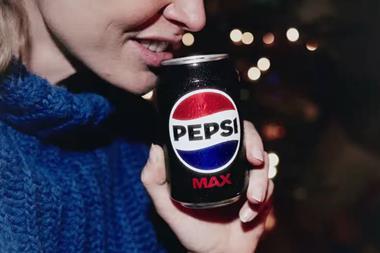
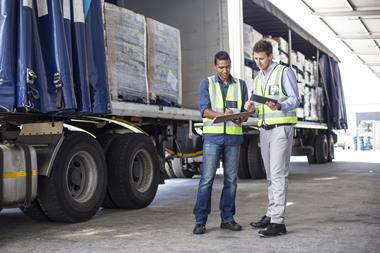
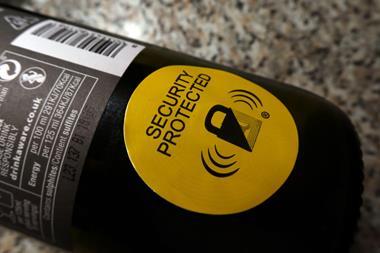
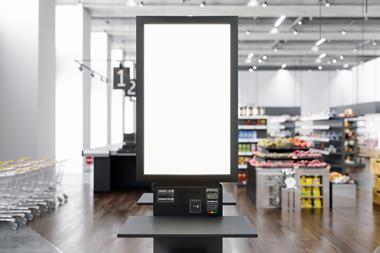

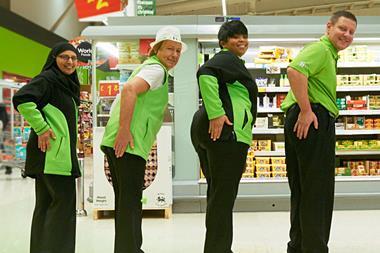
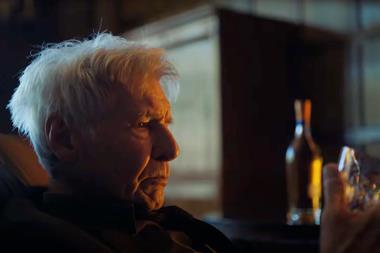

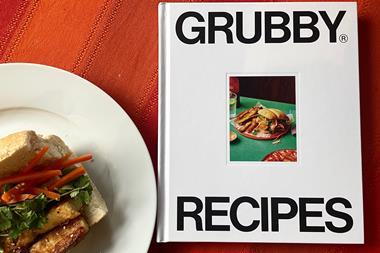
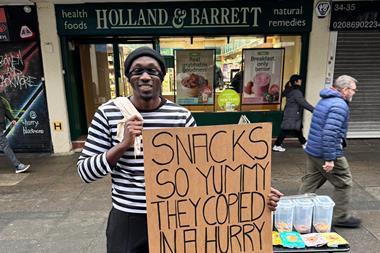
No comments yet